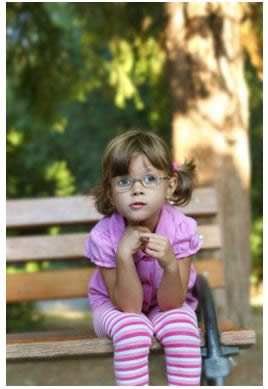Surveillance and Health Promotion course for Nurses


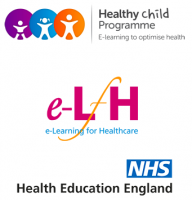
This session explores the transition from early years to school entry at Reception. It will focus on the universal health assessment and health promotion components that are available to all primary school children as part of the Healthy School Child (HSC) programme 5-12 years. Note that the term HCP is used in this session to refer to the Healthy Child Programme and should not be confused with other terms such as 'Healthcare Professional' and “Health Care Plan' also known as HCP.
Learning objectives
By the end of this session you will be able to:
- Explain the benefits of the Healthy Child Programme 5-12 years
- Describe the universal components of the Healthy Child Programme 5-12 years, and understand the importance of robust transition from the Healthy Child Programme in Early Years (0-5 years)
- Explain the ways in which universal surveillance can be delivered in schools
- Describe programmes of sensory surveillance for hearing and vision screening
- Describe assessment and support for specific groups such as transient, immigrant and looked after children
- Describe delivery of core elements of health promotion
This session uses self assessments that help you check what you have learnt. You do not have to use them and your answers are not seen by anyone else.
Mary is currently Consultant Nurse for Public Health in Children’s Community Health Services covering Cumbria. She is redeveloping the delivery of childhood immunisation for 0-19s in Cumbria, as well as working in partnership to improve health outcomes for Looked After Children, implement an Early Intervention Speech, Language & Communication project in Barrow in Furness in partnership with twenty primary schools, and redevelop the model of Children’s Community Nursing.
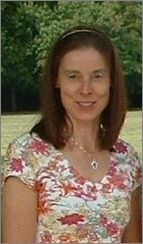
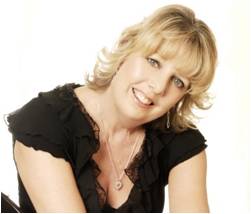
Elaine is seconded from Hillingdon Community Health CNWL where she is a School Nurse Team Leader and Programme Lead in Public Health. As part of the Public Health Team, Elaine is Nurse Lead for the PSHE CPD Programme and is Lead Nurse for Childhood Obesity in Hillingdon. Elaine also gained a Queens Nursing Institute Award for the Loss and Grief support programme Seasons for Growth in 2002 and is a National Trainer for the programme. Elaine subsequently gained the title Queens Nurse for her work demonstrating Leadership in the Community.
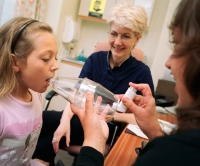
- Anaesthesia | Recognition of the critically ill pa...
- Posted By eIntegrity Healthcare e-Learning
- Posted Date: 2024-11-18
- Location:Online
- This session explores the rationale for critical care admission in the postoperative patient, how to identify patients likely to benefit from critical care, and the benefits of admission.
- Anaesthesia | Patient specific populations | Manag...
- Posted By eIntegrity Healthcare e-Learning
- Posted Date: 2024-11-18
- Location:Online
- This session describes the diagnosis and management of patients with new or known HIV in critical care.
- Anaesthesia | Patient specific populations | Endoc...
- Posted By eIntegrity Healthcare e-Learning
- Posted Date: 2024-11-18
- Location:Online
- This session contains a link to the BJA Education article.<br><br>The article will open in a new window/tab depending on your browser.<br><br>CPD credit can be claimed for the time spent reading the article.<br><br><i>Endocrine problems in the critically
- Anaesthesia | Patient specific populations | Endoc...
- Posted By eIntegrity Healthcare e-Learning
- Posted Date: 2024-11-18
- Location:Online
- This session contains a link to the BJA Education article<br><br>The article will open in a new window/tab depending on your browser.<br><br>CPD credit can be claimed for the time spent reading the article.<br><br><i>Endocrine problems in the critically i
- Anaesthesia | Patient specific populations | Manag...
- Posted By eIntegrity Healthcare e-Learning
- Posted Date: 2024-11-18
- Location:Online
- This session describes the management of patients admitted to critical care with Guillain-Barré Syndrome, motor neurone disease, myasthenia gravis, critical illness polyneuropathy, critical illness neuromyopathy and Parkinson's disease.



